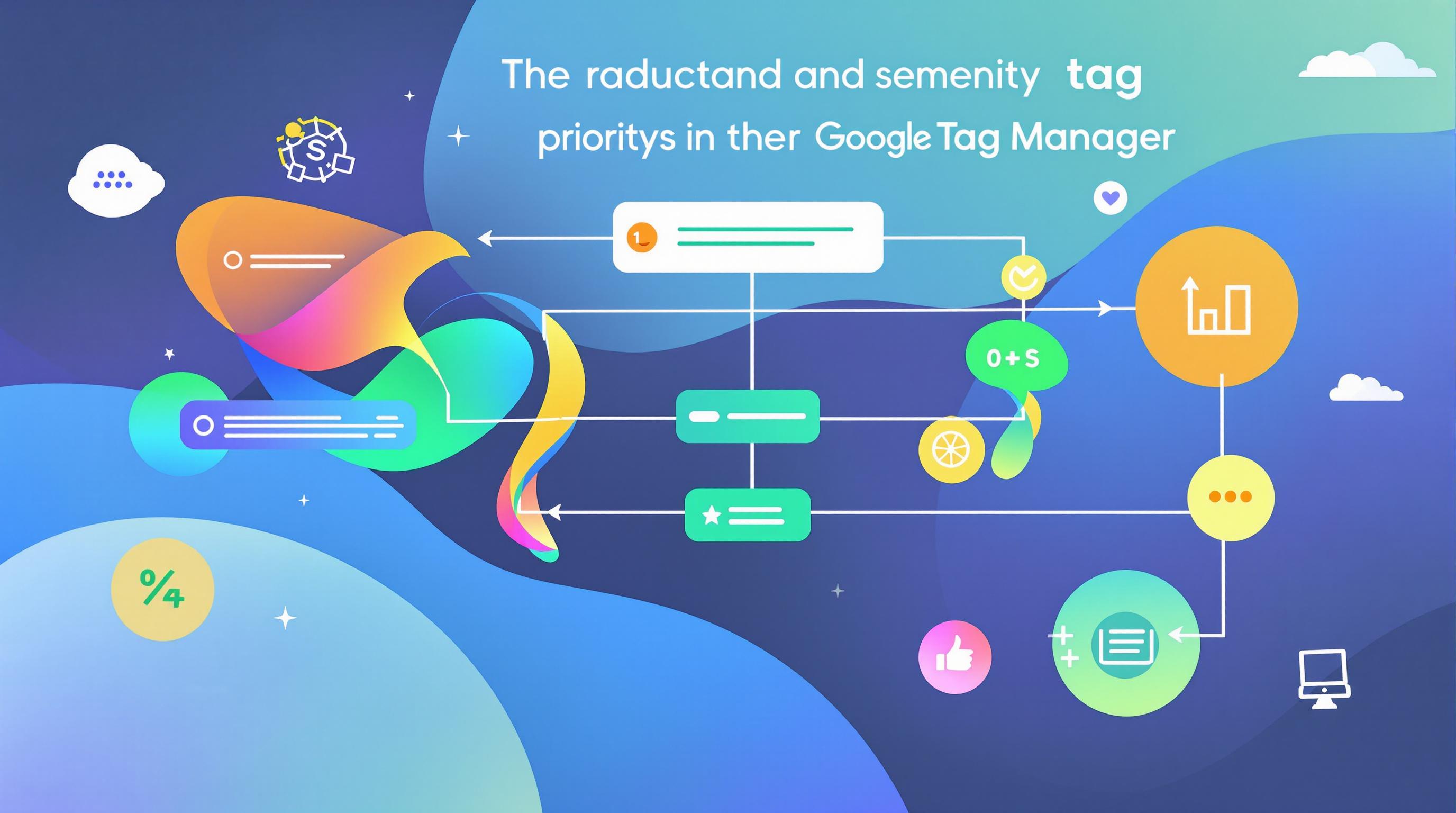Want to track how users move through your website or app? GA4 Funnel Exploration helps you analyze user journeys - from first interaction to final conversion. Here's what you can do with it:
- Understand User Behavior: See where users drop off or complete key actions.
- Track Conversion Paths: Monitor steps like product views, cart additions, and purchases.
- Improve Performance: Use insights to optimize your website, app, or marketing strategies.
- Customize Funnels: Define your own steps, set time constraints, and track custom events.
- Visualize Trends: Choose between bar graphs (Standard) or line graphs (Trended).
Key Metrics to Focus On:
- Conversion Rate: % of users completing actions.
- Drop-off Rate: Where users exit the funnel.
- Completion Rate: % reaching the final step.
Set up your funnel in GA4, configure steps, and integrate with tools like remarketing to boost results. Ready to improve conversions? Let’s dive in.
Funnel exploration in Google Analytics 4

Setting Up a Funnel Exploration Report in GA4
Here's how you can create a funnel exploration report in GA4 step by step.
1: Accessing the Funnel Exploration Tool
Start by navigating to the Explore section in GA4. From there, you can either pick the pre-built 'Funnel exploration' template for a quick setup or choose 'Blank' and select 'Funnel' from the Technique dropdown for a fully customizable approach. Templates give you a basic structure, while starting from scratch lets you tailor every detail to your needs.
2: Defining Funnel Steps
Outline your user journey by identifying key events:
- Click 'Add step' and select the events that matter (e.g., session_start, view_item). You can also set time constraints if needed.
Make sure these events align with your business objectives. For example, an eCommerce funnel might look like this:
| Step Number | Event Name | Purpose |
|---|---|---|
| Step 1 | session_start | Track initial site visits |
| Step 2 | view_item | Monitor product page views |
| Step 3 | add_to_cart | Track cart additions |
| Step 4 | purchase | Record completed sales |
Defining these steps accurately ensures your funnel captures the key interactions, helping you analyze where users drop off and where they convert.
3: Configuring Visualization Options
GA4 offers two ways to visualize your funnel data:
- Standard Funnel: Displays drop-offs using bar graphs for quick analysis.
- Trended Funnel: Tracks patterns over time with line graphs.
To customize your view, use the Settings tab to toggle between these options based on your analysis needs.
Additionally, the Variables column lets you:
- Adjust date ranges
- Apply user segments
- Choose relevant dimensions and metrics
Once your funnel is built and visualized, you can dive into the data to uncover actionable insights.
Interpreting Funnel Exploration Reports
Understanding Key Metrics
Metrics like conversion rate, drop-off rate, and completion rate provide a clear picture of how users move through your funnel. Here's what they mean:
- Conversion rate: The percentage of users who complete specific actions.
- Drop-off rate: Where users leave the funnel.
- Completion rate: How many users make it to the end.
By analyzing these metrics, you can pinpoint problem areas and work on improving the flow.
Identifying Bottlenecks in the Funnel
Google Analytics 4 (GA4) offers tools like elapsed time tracking and trended funnels to help you spot where users face challenges. Here's how to make the most of them:
- Check Time Between Steps: Use the elapsed time metric to see if users are taking too long between key actions. For instance, if there's a delay between "add to cart" and "begin checkout", your checkout process might need adjustments.
- Segment Your Users: Break down performance by user groups, such as traffic sources or devices. This reveals patterns, like whether mobile users struggle more than desktop users, so you can refine your strategy.
- Fix Common Issues: Make checkout simpler, use exit-intent popups to reduce cart abandonment, and enhance product pages with detailed descriptions and reviews.
Trended funnel visualizations let you monitor how these changes impact user behavior over time. They also help you spot seasonal trends that may affect your conversion rates.
sbb-itb-38e9f15
Advanced Techniques for Funnel Exploration
Tracking Custom Events
Set up custom events that align with specific goals, like tracking form interactions, error messages, or confirmation submissions in a newsletter signup funnel. It's crucial to thoroughly test your setup to ensure events trigger correctly and capture the right user actions. This prevents data gaps and improves the accuracy of your analysis. Adding custom dimensions can take your tracking to the next level by monitoring:
- User segments
- Product categories
- Marketing campaign sources
With these events in place, you can harness GA4's advanced tools to gain a deeper understanding of user behavior.
Integrating Funnel Data with Other GA4 Features
Custom events can work seamlessly with other GA4 features like segmentation and time analysis, giving you a more detailed look at how users interact with your site. Here’s how you can make the most of these integrations:
Remarketing Integration
Leverage funnel data to create remarketing audiences. For instance, target users who abandoned the checkout process at specific points with tailored campaigns to bring them back.
Monetization Insights
Combine funnel data with revenue metrics to reveal the financial impact of user drop-offs. This approach helps you focus on areas with the greatest revenue potential instead of just improving conversion rates.
Here’s an example of how these integrations can work together:
| Feature Integration | Purpose | Benefit |
|---|---|---|
| Funnel + Segments | Analyze group behavior | Pinpoint which segments have the highest drop-offs |
| Funnel + Time Analysis | Improve step efficiency | Identify and optimize steps that take too long |
| Funnel + Custom Events | Evaluate feature performance | Assess the impact of new features or updates |
To make your analysis even more actionable, advanced visualization tools like Looker Studio can help you create custom funnel visualizations. For example:
- Compare multiple funnels side by side.
- Track trends in conversion rates over time.
- Build detailed reports that merge funnel data with other GA4 metrics.
Conclusion and Next Steps
Key Takeaways
GA4 Funnel Exploration reports are a powerful way to analyze and refine user journeys. When used effectively, they provide insights that can boost conversions and help grow your business.
Here’s a quick breakdown:
| Area | Impact | Action Items |
|---|---|---|
| Data Collection | Ensures accuracy | Set up custom events and define steps clearly |
| Analysis | Informs decisions | Regularly assess drop-off points and conversion trends |
| Optimization | Enhances performance | Make adjustments based on funnel findings |
| Integration | Provides a broader view | Link funnel data with other GA4 tools and features |
Start by setting clear conversion goals, then refine your approach based on the insights you gather. The goal is to better understand how users interact with your site and make smarter, data-driven decisions to improve results.
While this guide gives you a strong starting point, working with experts can help you make the most of GA4 Funnel Exploration.
How Web Star Research Can Help

Web Star Research specializes in setting up and optimizing GA4 to ensure your funnel analysis is both accurate and actionable. Here’s what they offer:
- Custom Implementation: GA4 setups tailored to your business goals and tracking needs.
- Data Accuracy: Proper event tracking and step definitions to ensure reliable data.
- Integration Services: Smooth connections between GA4, server-side tagging, and marketing platforms.
- Expert Guidance: Support in analyzing funnel data and applying optimization strategies.
Their expertise also ensures compliance with data privacy regulations, so you can trust the insights you gain.
To get started, define your conversion goals and set up basic funnels. As you grow more comfortable with the tool, explore advanced user journeys and integrate additional features for deeper insights.
FAQs
What is the elapsed time in GA4?
Elapsed Time in GA4 tracks the duration between user actions within your funnel. This feature is useful for understanding user behavior and spotting delays or obstacles in the conversion process.
To set it up, navigate to the 'Settings' tab, click the clock icon for each step in your funnel, and enable the 'Time Constraint' option. Here, you can specify acceptable time intervals for each step.
Tips for Setting Up Time Elapsed:
- Use realistic time intervals that reflect typical user behavior.
- Update your settings regularly to align with changing user patterns.
- Avoid setting constraints that are too strict - they could exclude valid conversions.
- Take external factors into account, as they might affect the time between steps.
| Aspect | Purpose | Consideration |
|---|---|---|
| Time Constraints | Define reasonable time windows | Base them on observed user behavior |
| Regular Review | Check performance periodically | Adjust as user patterns evolve |
| Integration | Gain deeper insights | Combine with segments and events |



